If nothing cheers you up better than a cup of piping hot tea, this blog is going to transform you from a tea enthusiast into a tea connoisseur who knows their cuppa inside out like a pro. Get ready to discover more about the origin of tea in India, types of tea, best Indian tea varieties and tea blends!
Origin Of Tea
Coming from a tropical plant called Camellia Senensis – which is best grown in a warm climate with an abundance of rainfall, long sunny days and cooler nights – tea is said to have been discovered way back in 2750 BC by a Chinese emperor named Shen Nung. He was boiling water under the shade of a tea tree, when a lovely breeze caused a few leaves to fall into the pot, giving the water a flavour he found irresistible. Soon after, Emperor Shen Nung began encouraging people to cultivate it.
However, the origin of tea in India goes back in time to British colonial rule. A British army major came across native tea bushes in the Northeast region of Assam, one day – the British East India Company experimented with the growth of tea in both Darjeeling and Assam. It proved to be so successful that the British Government began developing several tea estates here that grew various types of tea.
Types of Tea
There is a vast array of tea types, and each boasts of a unique flavor and color. The six major types of tea are –
1. Black Tea
Also known as red tea in China, black tea is a very commonly consumed type of tea, and it is completely oxidized. The tea leaves are withered, rolled, fermented and then either dried or fried to give it a strong flavor. Popular black tea producing regions include Darjeeling, Assam, Sri Lanka, and Nilgiri.
2. Green Tea
Being unoxidized and containing far lesser caffeine than black tea, green tea is a healthy option. It is made when leaves are picked, dried and then heat-treated. In China, the leaves are pan-fried to get a dull color, whereas it is steamed in Japan for a brighter shade of green.
3. Herbal Tea
Like the other tea varieties, herbal tea does not come from tea leaves. Fruits, flowers and dried herbs are used to make this treat, which is why a huge range of flavors can be created from it. Chamomile, lemongrass, ginger, and hibiscus are commonly used ingredients.
4. Matcha Tea
Made by grinding green tea leaves to form a powder, it is then mixed with some water. Matcha tea is popular in Japanese tea ceremonies and is very healthy to drink.
5. Oolong Tea
Also known as Wulong, this type of tea is picked quite late in the season. Shaken in baskets, it is semi-oxidized, which gives oolong tea a naturally sweet, smoky or fruity flavor.
6. White Tea
Made from the silver tips of tea leaves, white tea is the least processed of all types of tea. Left to wither and dry on its own, these leaves have a naturally sweet and delicate flavor, with hardly any caffeine.
Tea Growing Areas In India
The biggest and most prominent tea growing area in India is Assam – it boasts of its own variety of Camellia sinensis var. assamica (a native tea plant), with tea gardens set up in an area as large as 3220 sq. km. In fact, Assam contributes to more than half of India’s tea production!
Darjeeling tea estates have an altitude of 600 to 2000 meters and mostly produce black tea, whereas the Dooars and Terai have an area of 1000 sq.km. to grow tea – they produce around 1/4th of the nation’s total tea output.
Annamalais, which is located between the states of Kerala and Tamil Nadu, is another tea-growing area. It covers an area of around 126 sq.km. With land elevation between 900 to 1600 meters, the tea produced here has a unique biscuit-like aroma.
Wayanad, another massive tea growing area in India, occupies an area of around 55 sq. km – it is located near Kerala’s Calicut seashore. Also closely located is Munnar, with a total tea plantation area of 130 sq.km. – it features some of the highest tea growing estates.
Though Karnataka has a small tea plantation area of around 20 sq.km., the major plantations can actually be found in the coffee capital of the state, Chikmagalur.
Mandi and Kangra are two districts which are home to Himachal Pradesh’s tea plantation estates. The area used for tea production is just about 20 sq.km, but its black varieties are very popular across the entire nation!
The Nilgiris cover an area of 700 sq.km. with Nilgiri tea being known for its elegant fragrance and intense aroma.
Located in South Sikkim, you will find the Temi Tea Garden, which is spread over 177 hectares. Its organic tea is in huge demand in the international market.
Evaluating Tea Quality
Experts say it is impossible to rely on just these four factors when evaluating the quality of tea –
1. Sight – Avoid tea leaves that contain several stalks, woody fragments and look crumbly. These leaves are complex and less flavorful.
2. Touch – High-quality tea leaves will feel whole, smooth and sturdy – they should have a slight heaviness to it.
3. Taste – A strong and recognizable taste, which activates the various flavor sensations on your tongue, is indicative of good tea quality.
4. Smell – A high-quality tea will undoubtedly have a distinct aroma. If tea leaves are low in quality and old, you’ll know because they will only emit a slight trace of scent when inhaled.
Popular Types of Tea & Tea Blends
Although you might have a go-to all-time favorite tea you swear by, here are some of the most popular teas and tea blends you should try out for a comprehensive tea-tasting experience –
English Breakfast Tea is a popular tea blend that boasts of a dark brown color and rich flavor. Several producing areas, including, Chinese Keemun, Assam and Sri Lanka develop this black tea blend.
2. Earl Grey Tea
Being the blend of any black tea and bergamot oil, you will find an array of Earl Grey tea variations – these options include Yorkshire Grey, Lady Grey and Roobios Grey, to name some.
3. Irish Breakfast Tea
This dark and strong version of the above-mentioned tea blend is generally made with Kenyan broken pekoe and malty Assam black tea. It’s delicious!
4. Scottish Breakfast Tea
Being the strongest of them all, Scotish Breakfast tea produces a less diluted blend, which is attributed to Scotland’s soft water.
5. Moroccan Mint Tea
Moroccan Mint Tea is a blend that can be made at home. Simply crush mint leaves and boil them in water. It is quite refreshing and can be used for iced tea, as well.
6. Russian Caravan Tea
This full-bodied and smoky-flavored tea blend is made of Ooolong, Lapsang Souchong, and Keemun teas. Though Chinese in origin, the name is inspired by Russian caravans.
7. Indian Chai
Being the most famous export around the globe, Indian chai is heavily spiced, milky and delicious to taste. Commonly used spices include fennel, bay leaves, cloves, cinnamon and cardamom – although, every Indian household has their own unique variation!
8. Gunfire
Discovered by the British Army soldiers during the 1890s, Gunfire is a tea blend that is more of a cocktail than actual tea. It is typically a shot of rum mixed with a cup of black tea. Looking for boozy tea sessions? This is just for you!
We hope you’ve discovered a newfound appreciation for tea in all its glory, variety and history – happy sipping!

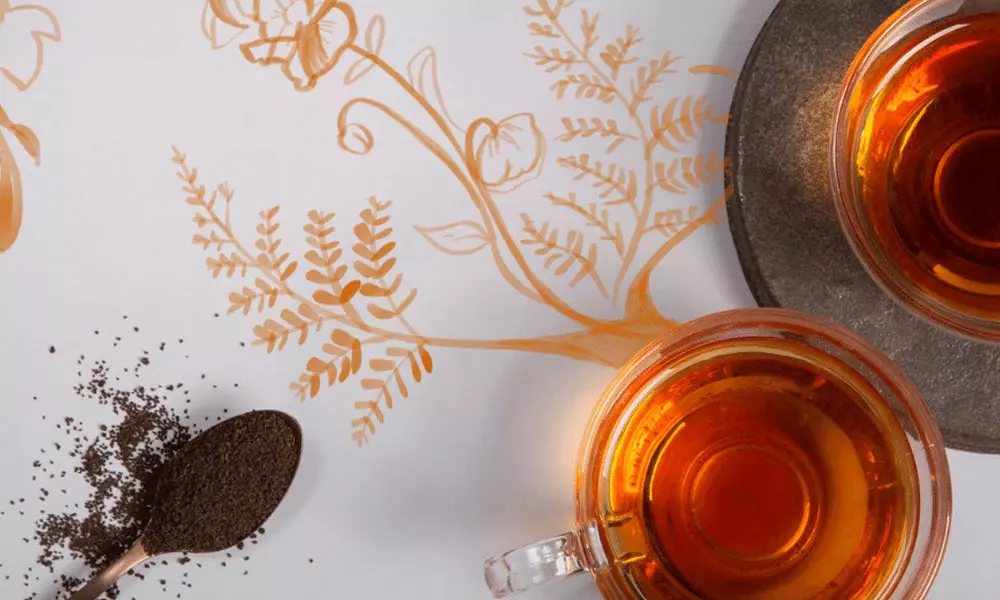
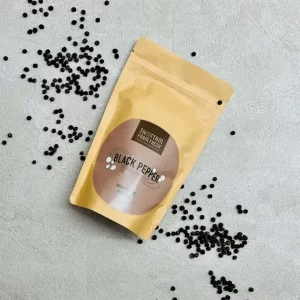
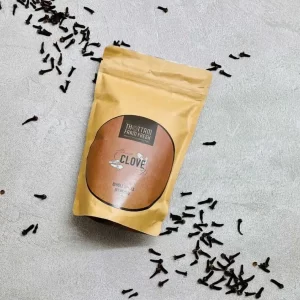
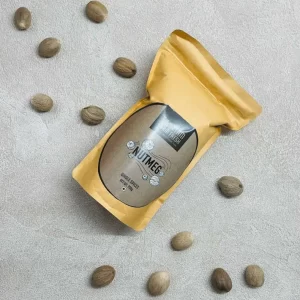
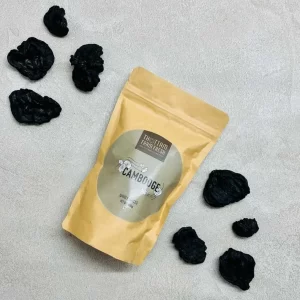
 by
by
I completely agree, It is great. And I am always surprised when I read posts about the food. This great content. I have learned something powerful today.